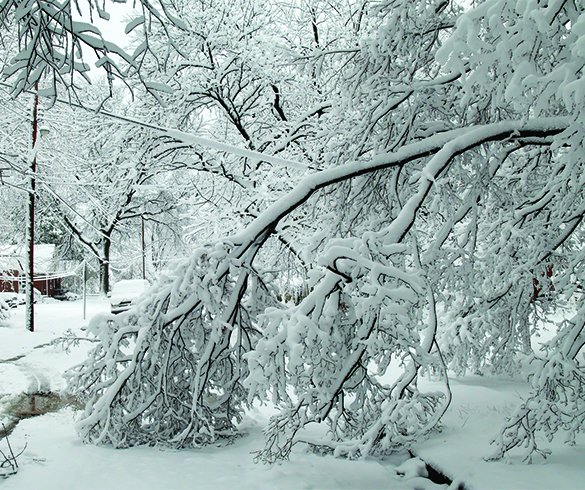
Prepare Your Family for Winter Weather
While the impact of winter weather varies across the country, nearly all Americans are affected in some capacity each year as temperatures drop, from freezing rain to severe blizzards. One of the key dangers when severe weather strikes is the potential loss of heat, power and communication services. Making a portable generator part of your family’s emergency plan can help keep your loved ones safe and warm in the event of an unexpected power outage.
While they can provide reliable back-up energy for portable heaters, help prevent food spoilage and allow for access to radio or television for news and weather updates, portable generators must be used properly to avoid carbon monoxide risks. Newer generator models that comply with the American National Standards Institute/Portable Generator Manufacturers’ Association (PGMA) G300 Standard include carbon monoxide sensors and shutdown features to help protect your family from dangerous carbon monoxide buildup and poisoning, which can cause extreme illness and even death.
Before severe weather hits, PGMA recommends educating yourself on safe use and keeping these portable generator safety precautions in mind to help ensure your family is ready for whatever winter may bring:
- Read the operator’s manual first and follow the manufacturer’s recommended precautions and procedures, as well as instructions on safe operation and potential hazards.
- Remember you cannot smell, see or taste carbon monoxide, so proper use of portable generators is crucial.
- To avoid dangerous carbon monoxide accumulation, always “Take It Outside.” This means you should never run a portable generator indoors in areas such as garages, basements, crawl spaces, breezeways, sheds or other partially enclosed spaces.
- Always place portable generators downwind and point engine exhaust away from occupied spaces.
- Only use portable generators outside and never place a portable generator near windows, doors or vents, as carbon monoxide gas can accumulate and potentially be drawn indoors.
- Learn to recognize the symptoms of carbon monoxide poisoning: headache, nausea, dizziness, shortness of breath, weakness and fainting.
- If you feel sick, dizzy or weak while using a portable generator, get to fresh air immediately and call 911 for emergency medical attention.
- Install carbon monoxide alarms inside your home.
Learn more about safely operating a portable generator during winter weather at pgmaonline.com and takeyourgeneratoroutside.com.
Photo courtesy of Getty Images
Source:
Portable Generator Manufacturers’ Association













